Plans & Pricing
About Gavel
Careers
Product Wishlist
Subdomain Log In
Manage Account

5 Best AI Legal Assistant Tools for Law Firms in 2025 · 1. Gavel Exec · 2. Spellbook · 3. Harvey · 4. Luminance · 5. Ivo
Read More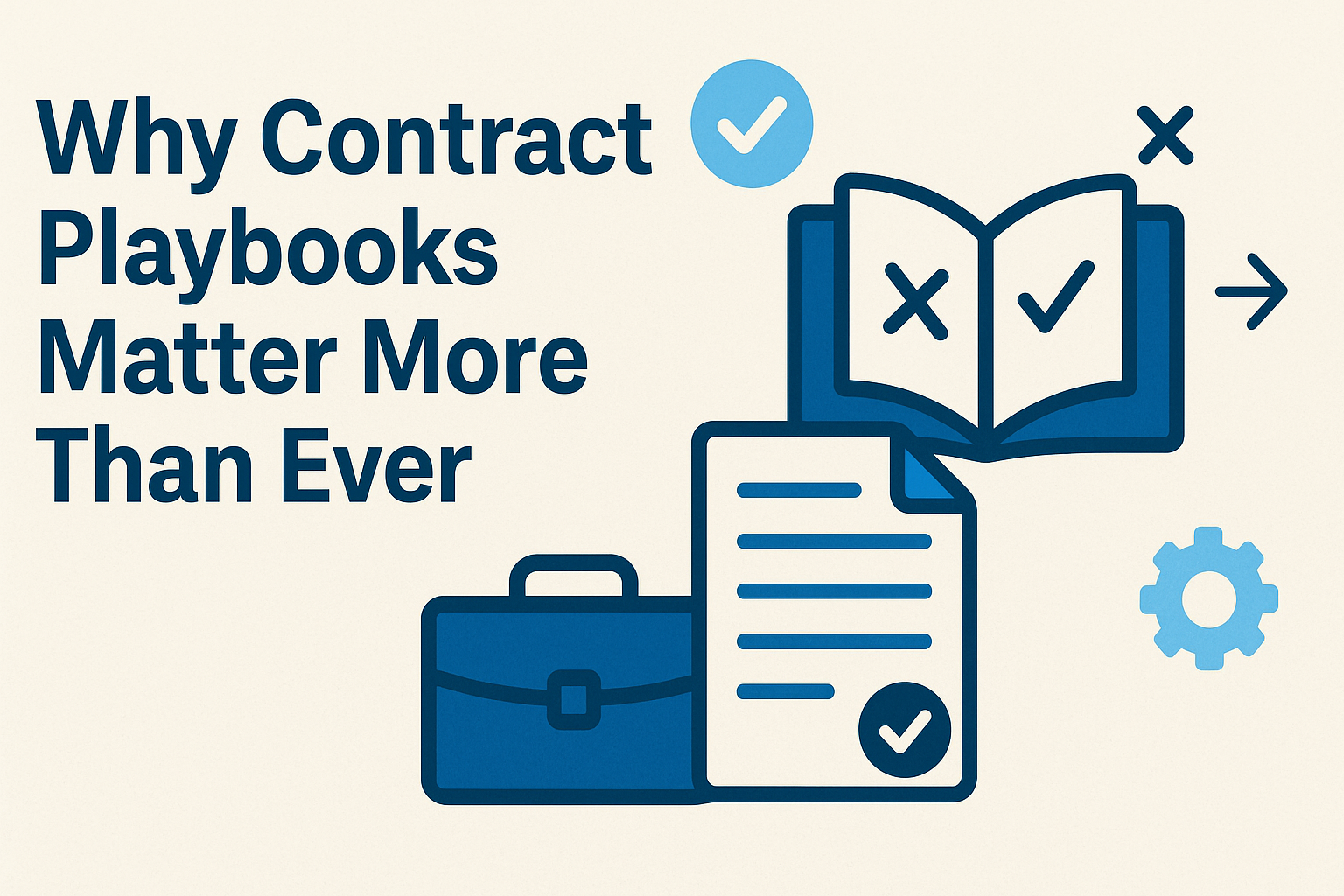
Turn your contract playbook into a real advantage—learn 4 ways top legal teams make theirs faster, smarter, and easier to use every day.
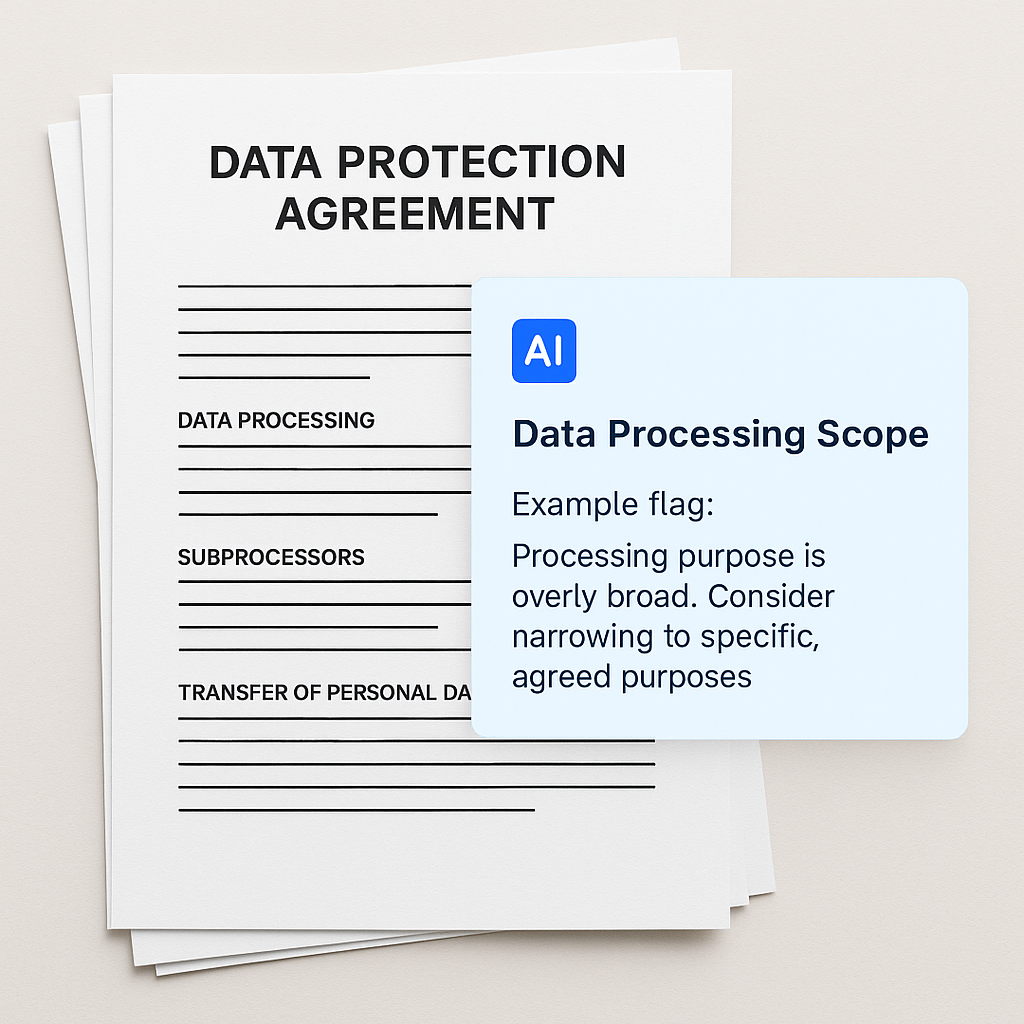
AI can speed up the review of complex Data Protection Agreements by flagging risky or unclear clauses before they become problems. With AI, you can run your own playbook directly in Word, instantly spotting issues like vague processing purposes, missing security measures, or weak liability terms.
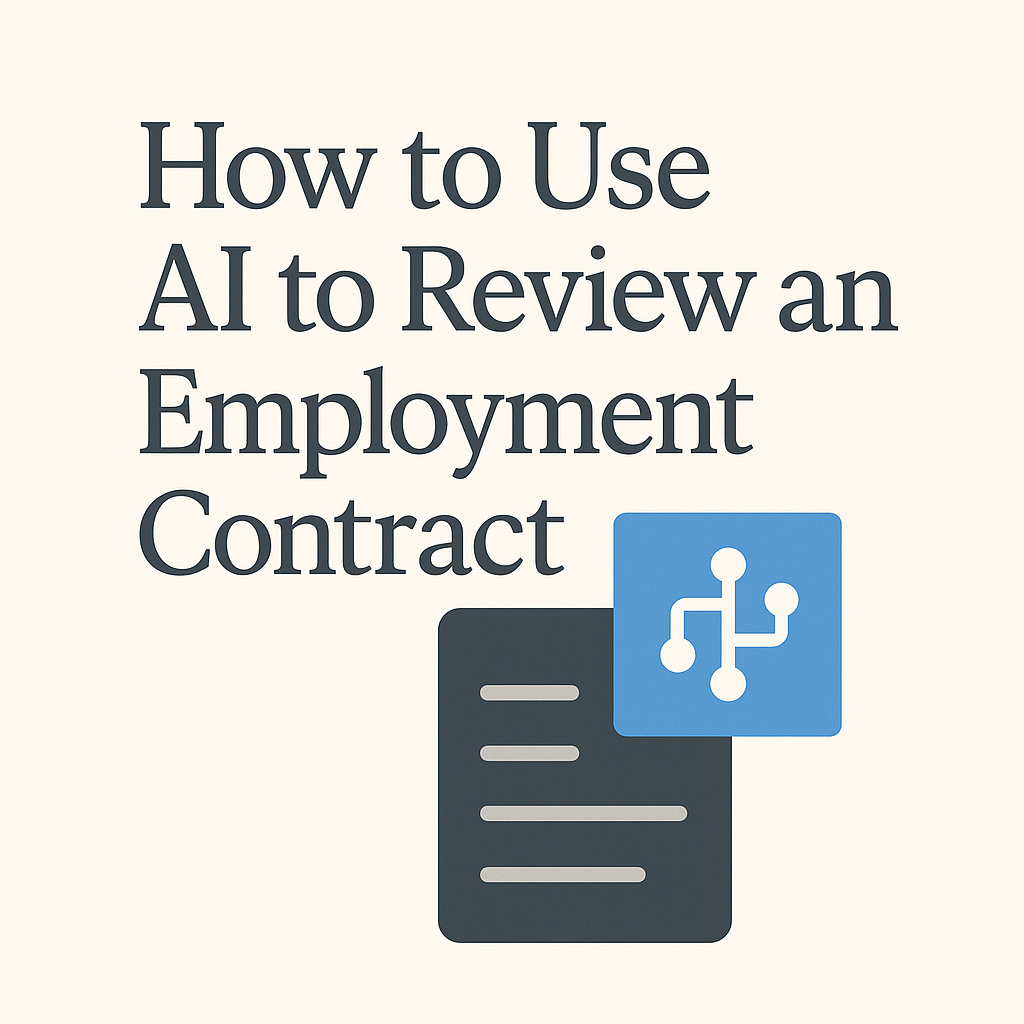
How are lawyers using legal-grade AI directly in Microsoft Word to review employment contracts faster and more accurately? Gavel Exec flags missing or risky clauses, like unenforceable non-competes or vague severance terms, and offers redlines and benchmarking based on your internal standards. Whether you're reviewing third-party paper or updating templates, Gavel Exec gives you a head start without sacrificing legal judgment.

ChatGPT might be a handy AI assistant for legal brainstorming and internal drafts—but when it comes to high-stakes contract work, it falls short on precision, security, and redlining. This article explores where ChatGPT helps, where it fails, and why tools like Gavel Exec offer a smarter, more secure alternative for real-world legal workflows.
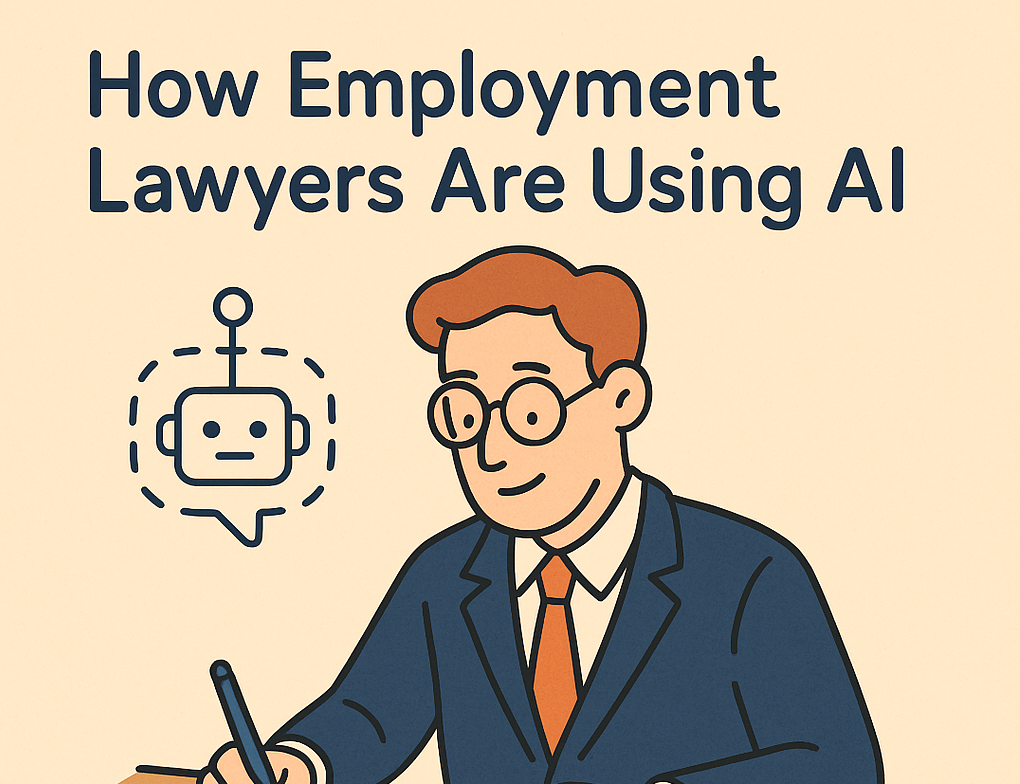
Employment lawyers are using AI tools like Gavel Exec to review contracts, handbooks, and HR policies faster and more accurately, without sacrificing legal judgment. With built-in playbooks for multi-state compliance and rule-based redlining directly in Word, Gavel Exec helps attorneys flag risks, enforce internal standards, and stay ahead of shifting employment laws. The result: more consistent, defensible work product in less time.
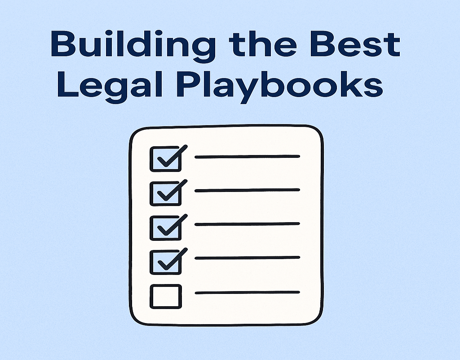
To get the most value out of Gavel Exec, your Playbooks should work like clear, issue-specific checklists for the AI, just like training a junior associate. The best Playbooks break down each legal concern into focused Rules, with detailed guidance in the Rule Description to help the AI know what to look for, where to look, and how to evaluate it. This guide shows you how to name and structure each Rule, write strong descriptions, and use examples to get precise, reliable results, clause by clause.